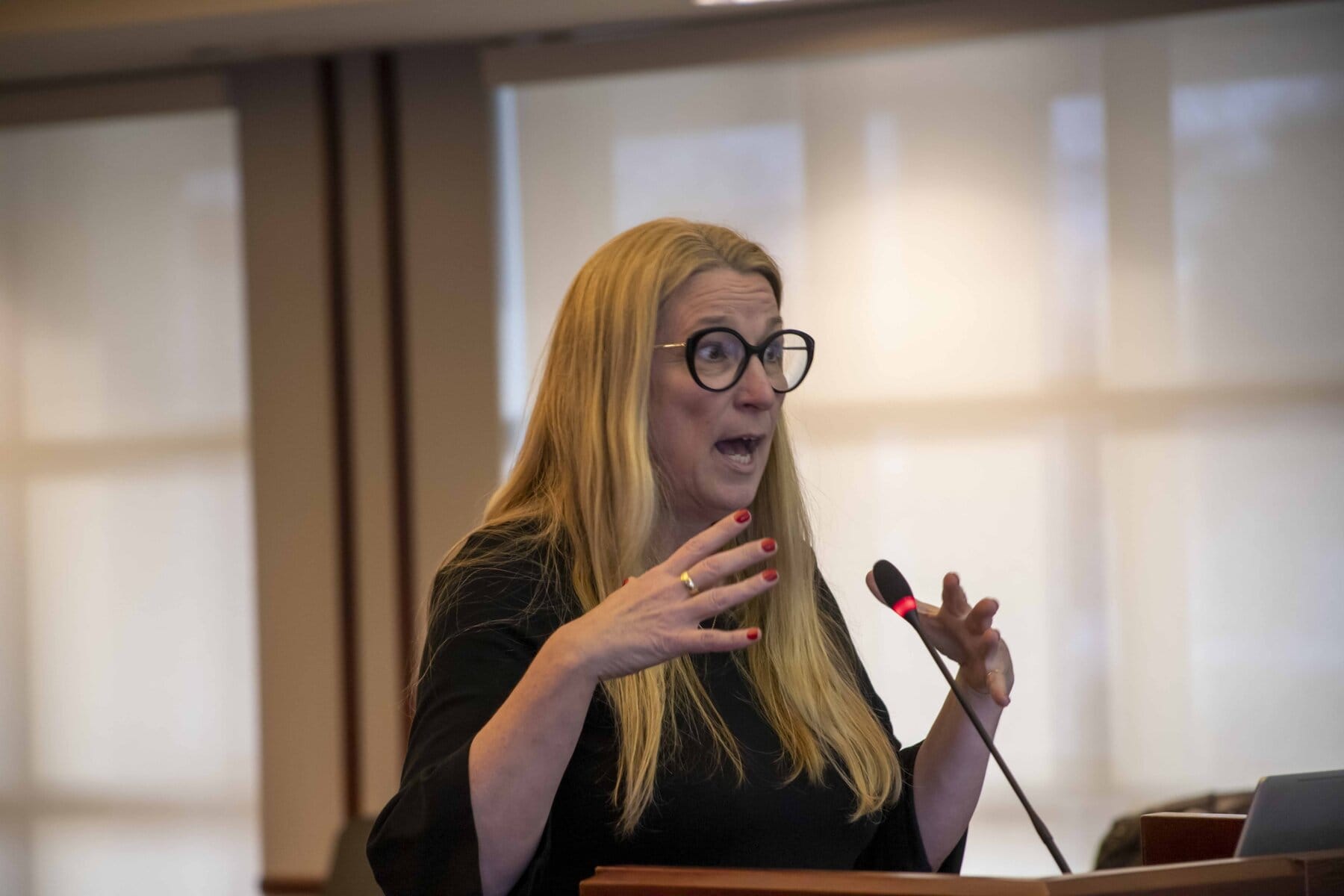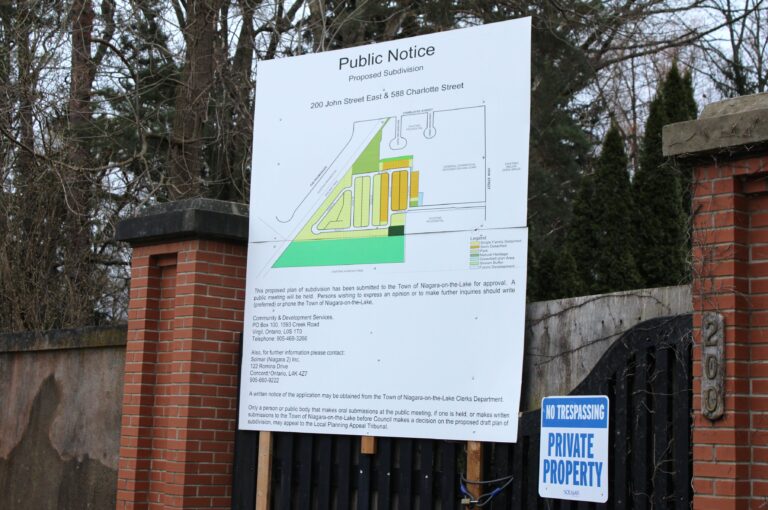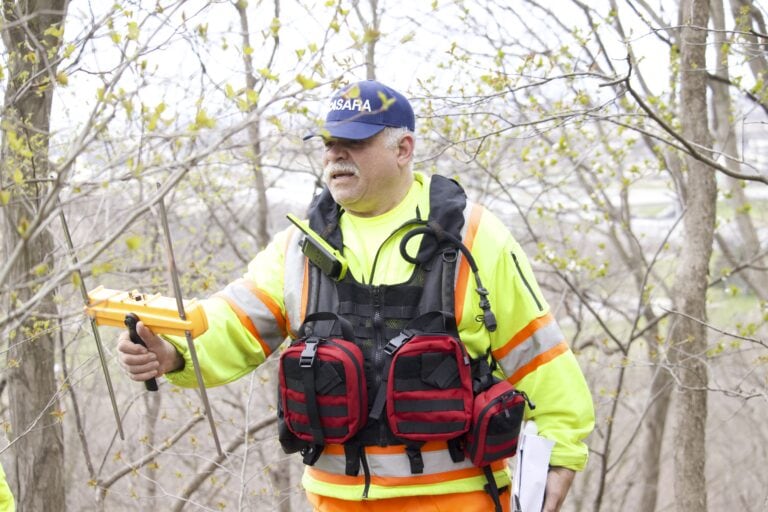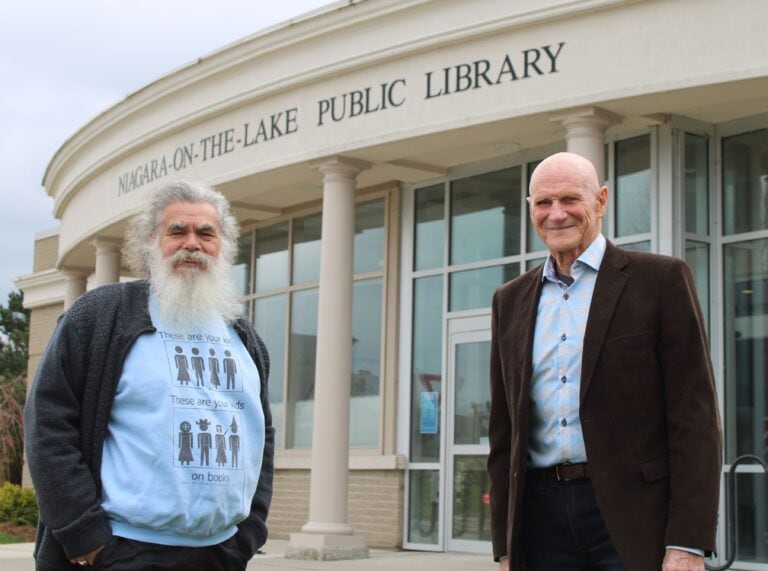Niagara Region is stepping up its traffic enforcement game in Niagara-on-the-Lake.
And it could mean big fines arriving in the mail for drivers who exceed posted speed limits.
The region is installing speed cameras to automatically enforce speed limits in NOTL’s community safe zones near schools, says Scott Fraser, the region’s associate director of transportation planning.
The move is part of a larger traffic safety plan called the Vision Zero Road Safety Program, which aims to “eliminate traffic fatalities and injuries on the regional road network,” Fraser said in an email.
Speed cameras will be used to automatically enforce speed limits in 13 community safety zones across Niagara.
In NOTL, the cameras will be used near Crossroads Public School and St. David’s Public School.
The system uses a camera and a speed measuring device to capture “an image of any vehicle travelling over the posted speed limit,” Fraser said.
Once the image is obtained it is reviewed at a centre in Toronto by a provincial offences officer.
Regional spokesperson Janet Rose said officers “will not automatically charge drivers who are driving at or near the posted speed limit.”
So how much faster than the posted limit do drivers have to be going before they get an automated ticket?
The threshold speeds at which the system will trigger a fine “is not disclosed to the public,” Rose said by email.
“Driving at or below the posted limit will ensure a ticket is not issued,” she added.
The ticket is issued to the registered owner of the vehicle’s licence plate, she added, because there’s no way to know exactly who was driving.
NOTL regional Coun. Andrea Kaiser told the town council Tuesday night that the region will be sharing four of these cameras among the 13 community safety zones.
“There’s no data yet to provide where the region might end up focusing them on,” Kaiser said.
“It doesn’t mean that they’ll be there permanently, nor that they’re going to be there all year round,” she said.
As the region collects more data on the effectiveness of the cameras, it will determine which community safety zones need them most, she said.
Speeders can be fined at double the normal rate if they’re caught in community safety zones, the region’s website said.
But unlike with police-issued tickets, the automated system does not issue demerit points to drivers, Fraser noted.
The province of Ontario charges fines at incrementally higher rates depending on the severity of the infraction in non-safety zones.
A person caught driving up to 20 km/h over the posted limit can be charged $3 for every kilometre over the limit.
Drivers caught exceeding the limit by 20 to 30 km/h can be fined $4.50 per kilometre.
And if you’re caught driving 30 to 50 km/h over the limit, expect to pay a penalty of $7 per kilometre. Anyone doing exceeding the limit by 50 km/h or more will be slapped with a fine of $9.75 per km/h.
For example, someone driving at 80 km/h in a 40 zone will be fined $280.
In a community safety zone, that jumps to $560.
The region will set up large warning signs in the community safety zones to inform drivers that speed cameras will be installed.
The warning signs will be up for 90 days after which the region will activate the speed cameras, said Fraser.
The signs will also be displayed whenever the cameras are active.
The region is spending $31,000 to “prepare each site” for the cameras and another $134 per day to operate them.
The automated ticketing program is designed to run “on a cost-recovery basis,” Fraser said.
This means by the end of the year, the region should bring in enough revenue to cover the cost of running them.










